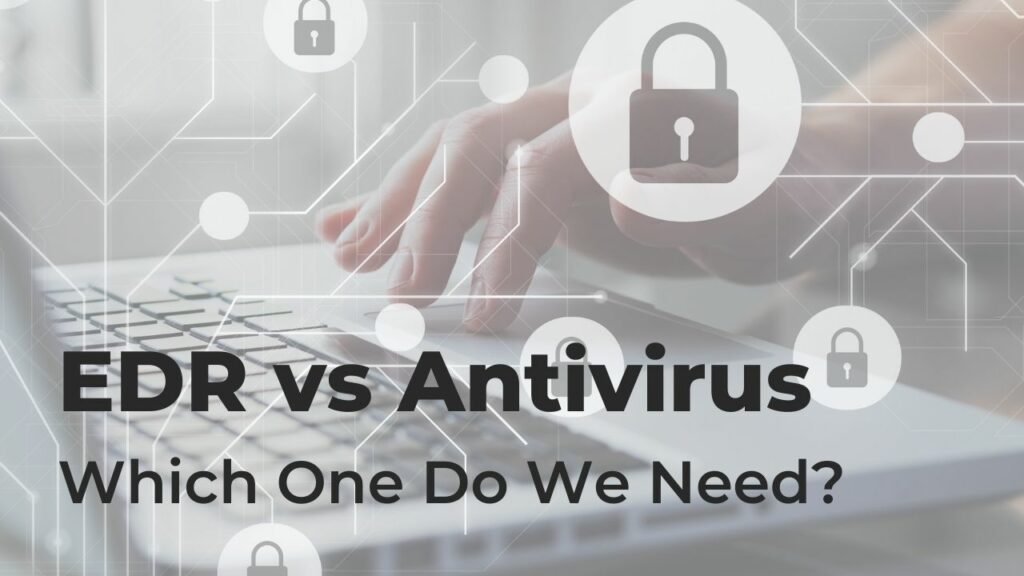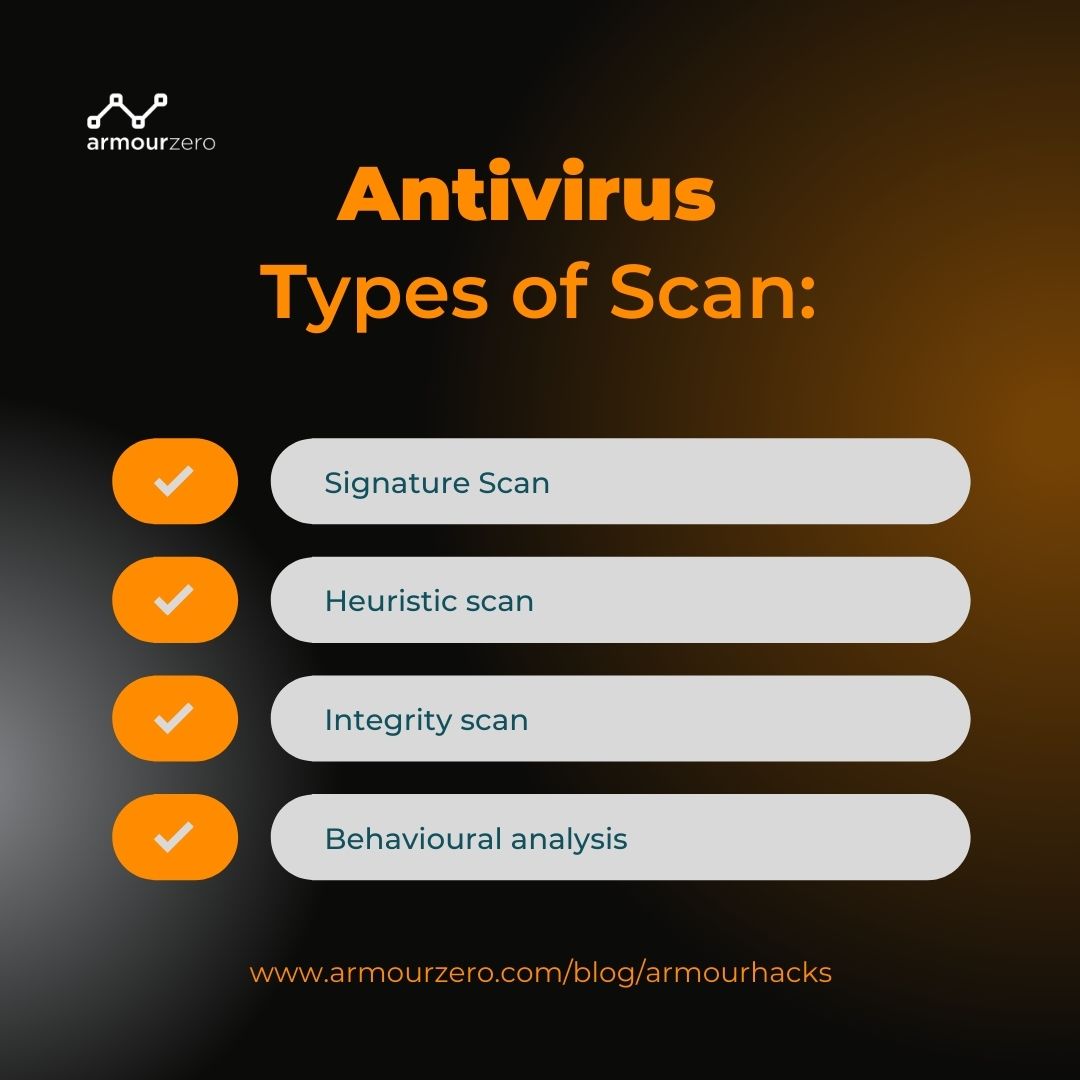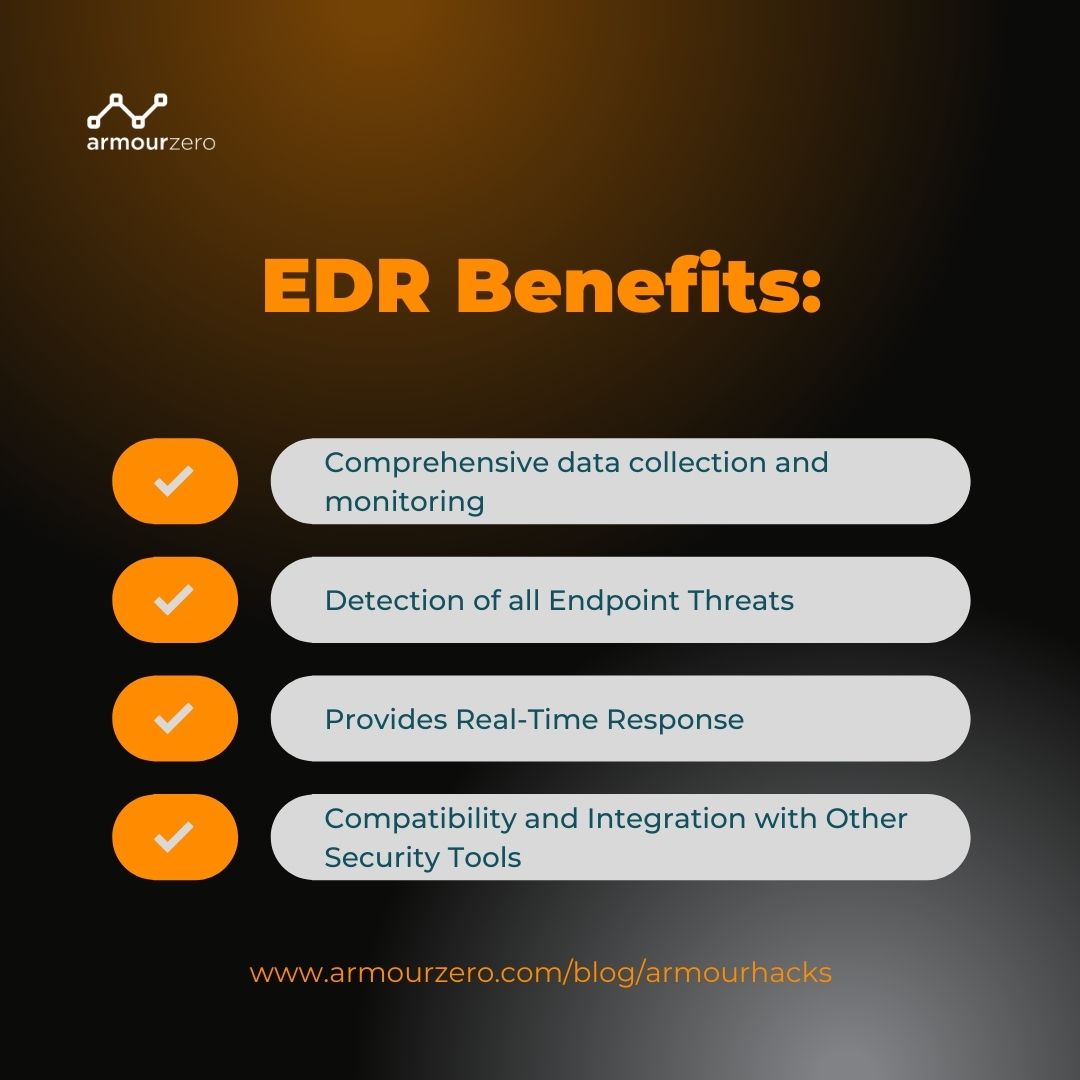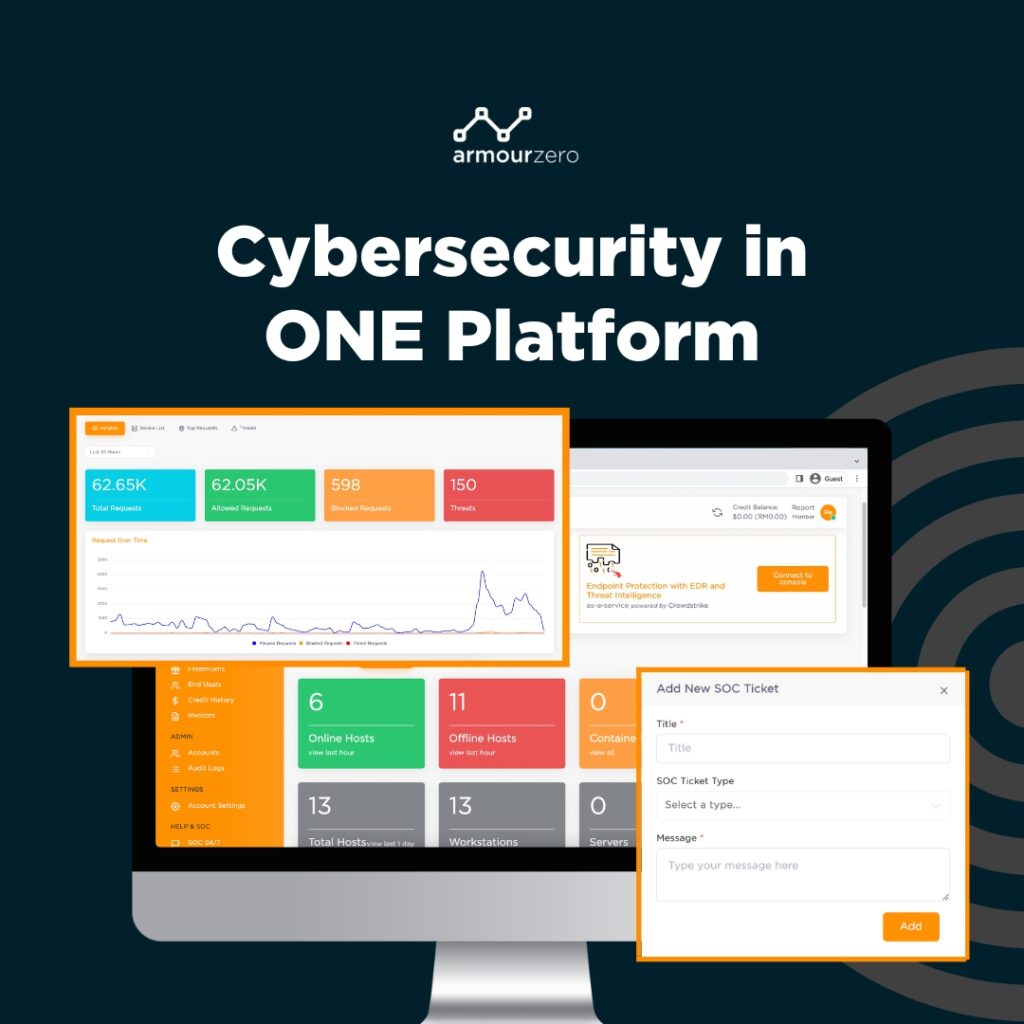EDR vs Antivirus:
Which One Do We Need?

In cybersecurity, we are already familiar with Antivirus. But later, due to the increasing number and types of cyberattacks, another solution called EDR (Endpoint Detection and Response) emerged. But, what is the difference between Antivirus and EDR? How do we know the one suits our needs? Or which one is better to protect our business and organisation?
Let’s break down each solution to get a better sense of which one is most appropriate for you.
What is Antivirus?
Antivirus is a kind of software used to prevent, scan, detect and delete viruses from a computer. Another function of the antivirus system is the scanning feature, which regularly runs a full scan or a quick scan on the device to check if nothing is missed or something has escaped the defence system. When protection software finds some malicious file in the operating system, it usually quarantines it, so it will no longer operate freely or deletes it completely to prevent harm.
Is Antivirus enough?
Antivirus uses several types of scans to identify malware on a computer system:

-
Signature scan
Detects new programs on the machine, reads their hash, and compares it to known malware signatures.
-
Heuristic scan
Detects programs that exhibit abnormal behaviour even though they do not match a malware signature. The antivirus program may launch the suspicious program in a sandbox and see if it has malicious activity, such as deleting or encrypting files or establishing many processes.
-
Integrity scan
Detect changes to files on the machine, especially system files, which may indicate a malicious process.
-
Behavioural analysis
Advanced antivirus software analyses processes using machine learning and artificial intelligence (ML/AI) techniques and identifies strategies that are behaving unusually compared to normal operations on the system or known malicious behaviour, such as ransomware. This can help identify unknown, zero-day, or evasive malware that uses obfuscation techniques.
Although antivirus is an important component of endpoint security, it has limited ability to prevent advanced threats. Zero-day or unknown threats can evade even advanced antivirus software. New types of attacks may not be visible to antiviruses—for example, fileless attacks run in memory without creating binaries in the file system, which many antivirus programs cannot stop.
You can read more about it on our previous blog, Is Antivirus Enough to Protect My Data?
What is EDR?
Endpoint detection and response (EDR), also known as endpoint threat detection and response (ETDR), is an endpoint security solution that combines real-time continuous monitoring and collection of endpoint data with rules-based automated response and analysis capabilities.
One of the biggest differences between EDR and Antivirus, is that EDR has the ability to detect Signature-less threats and attacks. AV does a great job of preventing known malware, but those hackers can attack the victim via a fileless and signature-less method. Antivirus simply isn’t designed to catch this style of attacks. That’s why, the EDR solution can detect these attack’s behaviours, then alert administrators, and allow them to take action. And beyond this, it can be helpful for emerging threats that haven’t been discovered by the wider security community.
The primary benefits of an EDR security system are to:

-
Comprehensive data collection and monitoring
EDR solutions collect activity data from endpoints that could indicate a threat. You can gain insight and a deep understanding of your network’s anomalies and vulnerabilities, and prepare better strategies to protect them from cybercriminals.
-
Detection of all Endpoint Threats
One of the greatest things about EDR is its ability to detect all endpoint threats. This feature can help your IT team better understand the nature of a potential attack, then analyse and prepare the appropriate response.
-
Provides Real-Time Response
Through EDR, you can see potential attacks and threats as they develop in your network environment, and monitor them in real-time. You can spot suspicious and unauthorised activity on your network, pinpoint the root cause of threats, remove or contain them, and notify security personnel.
-
Compatibility and Integration with Other Security Tools
Today’s EDR systems have become very sophisticated and are designed to be compatible and integrated with other security tools. This integrated approach provides excellent security to the network from potential cyber threats and attacks.
How could EDR complement Antivirus?
You can use EDR solutions to track, monitor, and analyse data on endpoints to enhance the fortification of your environment. Generally, EDR tools do not replace traditional tools like antivirus and firewalls; they work beside them to provide enhanced security capabilities. It is becoming the preferred technology for enterprises to provide better network security than traditional antivirus.
EDR solutions have many capabilities and advantages not offered by traditional antivirus programs. It comes loaded with different analytical tools that run in the background to ensure the monitoring and reporting of threats. All EDR solutions do not perform the same functions.
Traditional antivirus programs are more simplistic and limited in scope than modern EDR systems. Antivirus is mainly a single program that serves primary purposes like scanning, detecting, and removing viruses and different types of malware.
Endpoint Protection with EDR as a Service
 ArmourZero provides not only Endpoint Antivirus Protection, but combines it with an Endpoint Detection and Response Service. Together it becomes Endpoint Protection, Detection, and Response as a Service. This service includes real-time behaviour, reputation, and extensive data analysis with machine learning to automatically place detections into a broader context, including risk levels, affected endpoint importance, and the prevailing threat landscape.
ArmourZero provides not only Endpoint Antivirus Protection, but combines it with an Endpoint Detection and Response Service. Together it becomes Endpoint Protection, Detection, and Response as a Service. This service includes real-time behaviour, reputation, and extensive data analysis with machine learning to automatically place detections into a broader context, including risk levels, affected endpoint importance, and the prevailing threat landscape.
Endpoint Protection with EDR as a Service is a better choice to get the cost-effective monthly fee than spending significant time and resources acquiring, managing and maintaining them yourself. ArmourZero provides a 1-month free limited promotion for this service that you can get here.
![]()
Written by:
Bernadetta Septarini (Content Marketing). Experienced content marketing and social media in the information technology and services industry.
Share this post
Related Posts

Earth Day: The Connection of Cybersecurity and Sustainability
- 22 Apr 2024
- By:Fanny Fajarianti
- Category: ArmourHacks
Uncover the link between Earth Day and Cybersecurity, promoting sustainability through data protection and environmental stewardship. Let’s secure a greener future.

What is DevSecOps? Definition & Best Practices for Tech Industries
- 18 Apr 2024
- By:Bernadetta Septarini
- Category: ArmourHacks
Learn about DevSecOps, principles, and best practices for the tech industry. Integrate security seamlessly into software development and enhance quality.

Safeguarding Your Organisation During the Hari Raya Holiday
- 09 Apr 2024
- By:Bernadetta Septarini
- Category: ArmourHacks
Protect your organisation from holiday cyberattacks during Hari Raya. Learn more about the risks and best practices for holiday security with ArmourZero.

Cyberattacks: A Growing Threat to Higher Education
- 02 Apr 2024
- By:Fanny Fajarianti
- Category: ArmourHacks
Universities hold sensitive data but face cyberattack risks in the digital age. Explore the impact of cyberattack and learn how to protect your institution.

